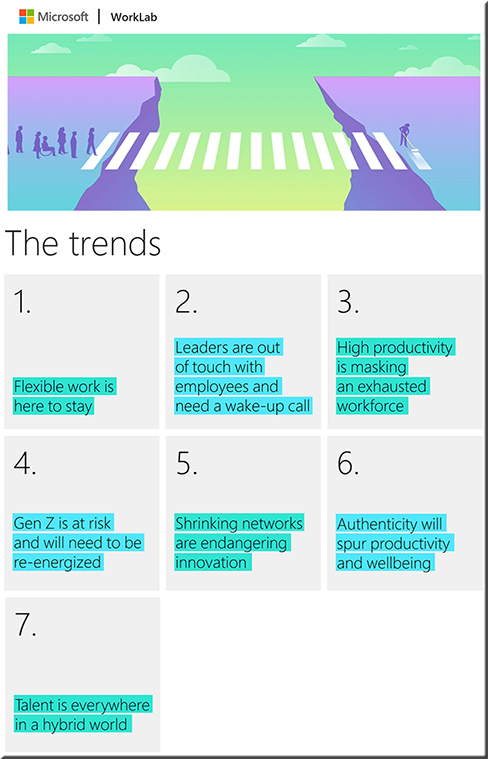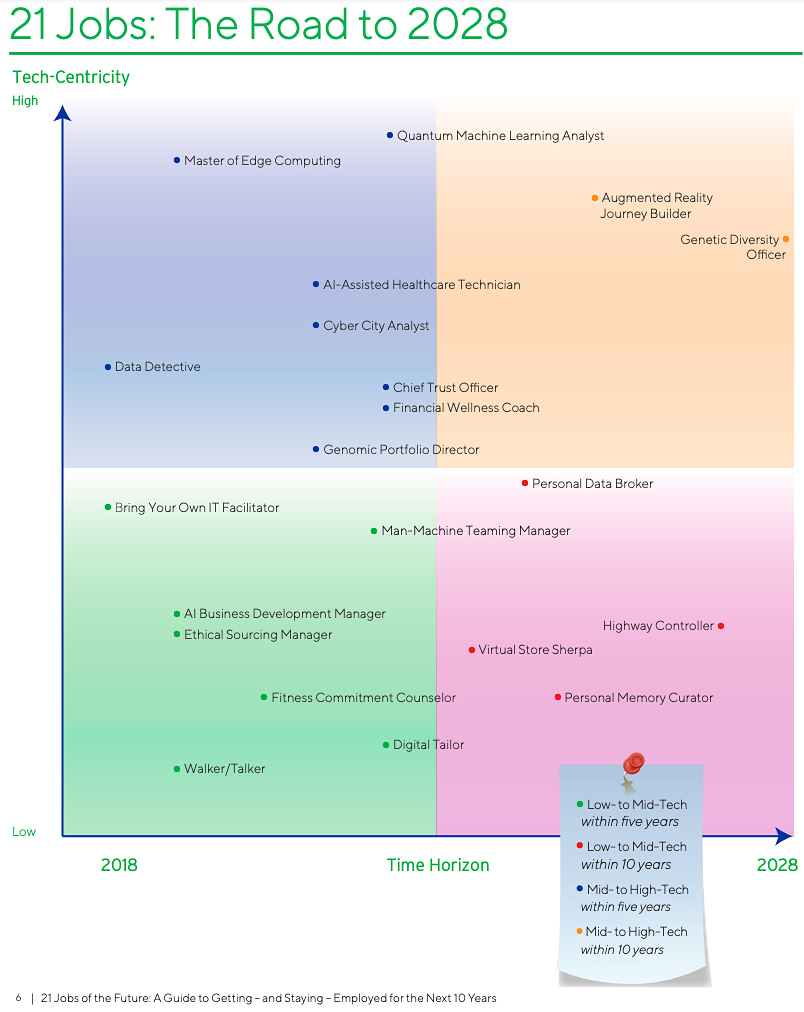[CA] State Bar Proposes Allowing “Paraprofessionals” to Practice Law — from acbanet.org by Tiela Chalmers
Excerpt (emphasis DSC):
The [CA] State Bar currently has committees working on two proposals that would, if approved, have huge impact on the legal profession. Both committees are working on amending the legal regulatory system to address ways to expand the resources available to those needing legal help. One committee is looking particularly at tech solutions, including permitting Artificial Intelligence solutions that would automate answers to legal questions. But this blog post will focus on the one that is farther along in development – permitting “paraprofessionals” to practice some types of law, with various restrictions.
Also see:
California Paraprofessional Program Working Group — from calbar.ca.gov
Excerpt:
The State Bar’s recently published California Justice Gap Study: Measuring the Unmet Civil Legal Needs of Californians, found that 55 percent of Californians experience at least one civil legal problem in their household each year, and Californians received no or inadequate legal help for 85 percent of these problems. A lack of knowledge about what constitutes a legal issue and concerns about legal costs lead many Californians to deal with problems on their own rather than seek legal help. A thoughtfully designed and appropriately regulated paraprofessionals program is an important component of the solution to the access to legal services crisis in California by expanding the pool of available and affordable legal service providers.










